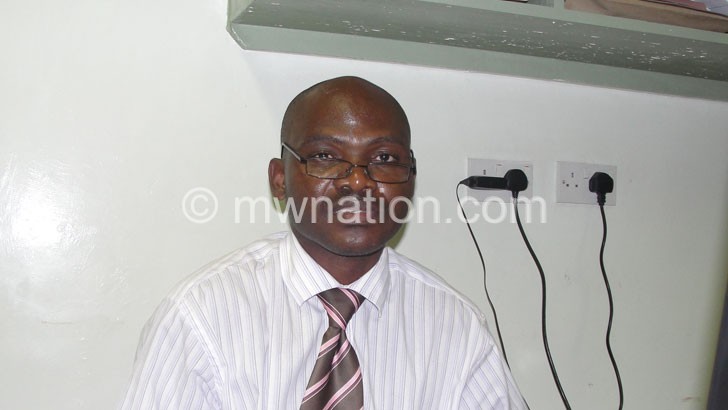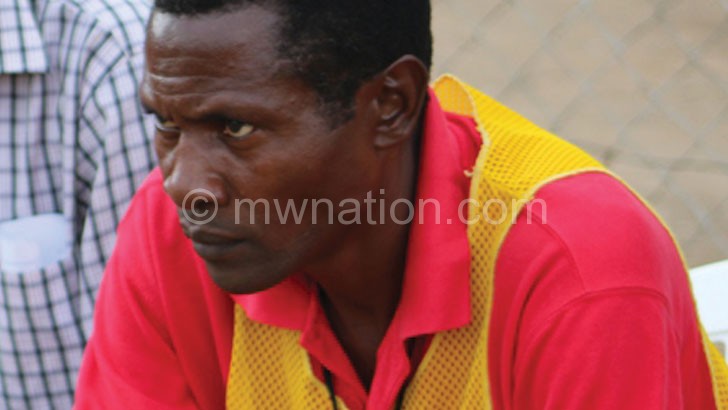Covid-19: Public hospitals in dire straits, not ready
With neighbouring countries recording positive cases of coronavirus (Covid-19), experts say Malawi’s public hospitals—which provide roughly 80 percent of health care services in the country—are not ready to deal with the pandemic.
Random interviews with medical staff and visits to major hospitals show that the public health facilities are still lacking essential equipment that could be crucial in dealing with Covid-19 should it invade the country.

One important equipment in handling Covid-19 patients is the ventilator, which is in short supply in public hospitals, including referral facilities that could play a major role in managing the novel virus.
All the four central hospitals—Queen Elizabeth Central Hospital (QECH) in Blantyre, Kamuzu Central Hospital (KCH) in Lilongwe, Zomba Central Hospital and Mzuzu Central Hospital—just have a combined 17 ventilators available in their intensive care units (ICUs).
A ventilator, according to medical experts, helps patients who cannot properly breathe on their own, and because Covid-19 affects the respiratory system, patients may need it to survive.
Our findings show that most district hospitals are running with only a single ventilator or none.
The border district of Mchinji is surviving on two ventilators placed in high dependency unit for there are no ICUs in district hospitals.
Chitipa, according to an official we spoke to, has four ventilators in HDU – which are fully in use.
“Should we have Covid-19 cases in need of HDU we may have to prioritise them. This may affect others. In an ideal situation we needed more ventilators” said the official from Chitipa District Hospital.
KCH has five ventilators and one is strictly for Very Important People (VIP), while QECH has four, including one reserved for staff members. Zomba and Mzuzu central hospitals are also surviving on four each according to staff we spoke to.
“These ventilators in ICU are fully used, so how do we balance the act; would we prioritise Covid-19 cases and abandon others? You must know that if we remove someone on a ventilator that is the end of their life. So, with this crisis looming we need to improve the capacity of these facilities,” said a source in the Ministry of Health.
But even in ICU and HDU, according to our sources at the hospitals, the fear is how to have a possible Covid-19 case mixed with others as this poses a risk to other patients.
Professor Adamson Muula—a senior lecturer in public health at the College of Medicine (CoM)—agrees that lack of adequate ventilators in ICU signals trouble, especially for a pandemic that has more patients surviving on ventilators.
He observes that these are things that government ought to look into before the virus strikes, as it may easily spread due to poor healthcare system and failure to adhere to set guidelines, including social distancing.
Another challenge facing the health care system is shortage of staff with vacancy rates across all cadres standing at about 70 percent.
A visit to Kamuzu Central Hospital’s wards revealed that two nurses look after more than 80 patients in some cases. For example, in the paediatric ward, which has over 200 admissions a day, there are only two nurses per night shift.
“The vacancy rate in the Ministry of Health and Population is important to note. But we have hundreds of doctors and nurses that are not employed. We should be seeing the Ministry of Health employing the non-employed doctors and nurses to beef up the human resources capacity to respond to this pandemic.
“We cannot, however, just recruit and deploy newly graduated health workers without retraining in infection prevention and giving them the necessary personal protective equipment,” observed Muula.
The central hospitals, according to medical staff we spoke to on condition of anonymity, are also lacking Hazmat suits—a protective gear for health workers treating coronavirus patients.
The Nation has learnt that what is currently available are basic protective gear that may not be useful in dealing with coronavirus, which is highly infectious and elsewhere medical staff have equally gotten infected.
For district hospitals such as Chitipa, Dedza, Mwanza and Mchinji that have deployed staff in border areas to screen immigrants—the noted challenge is that they have no testing kits—meaning they have to take samples and send them to the nearest central hospital.
In Mangochi, the district health office has sent out an SOS seeking help from well-wishers as they do not have most of the basic medical supplies crucial to combating Covid-19. The hospital has no ventilator and depends on oxygen concentrators, it says are too few.
Random interviews with medical staff nationwide also revealed that there is general anxiety among them to deal with Covid-19, especially due to lack of proper equipment, training and protective gear.
A doctor at QECH said: “My other worry is lack of motivation. We are overworked and a good number of staff, especially nurses, are frustrated; they do so much for little pay. As front-line health workers they need protection and motivation. The risk allowance is a mockery if you look at the danger posed by this infection”.
Front-line medical staff receives K1 800 as risk allowance. But Muula said with this pandemic it is wise to revise the allowance.
“I know the national budget is constrained, but if we maintain this amount during this coronavirus, we should not be surprised when we have not many presenting themselves up for emergency response. Health workers serve us in very trying circumstances. They have always been patriotic,” he argued.
Government has announced that it has set aside K15 billion to respond to Covid-19, but it has not spelled out how it intends to use this emergency fund.
Apart from the highlighted challenges—central hospitals decry poor funding—which has often led to shortage of essential drugs and medicines.
Malawi’s immediate neighbours have all registered cases with Zambia having 12, Mozambique five and Tanzania 12, which increases the risk of transmission to Malawi due to lack of a travel ban within and among countries in the southern Africa region.





